Photo:Metropolitan Museum of Art(Public domain)
Here today, gone tomorrow.
This sentiment is key to a philosophy known asmemento mori,where one embraces rather than fears death.
It was a concept explored heavily in the history of art, from 16th-centurystill-life paintingsto Baroque tomb sculptures.
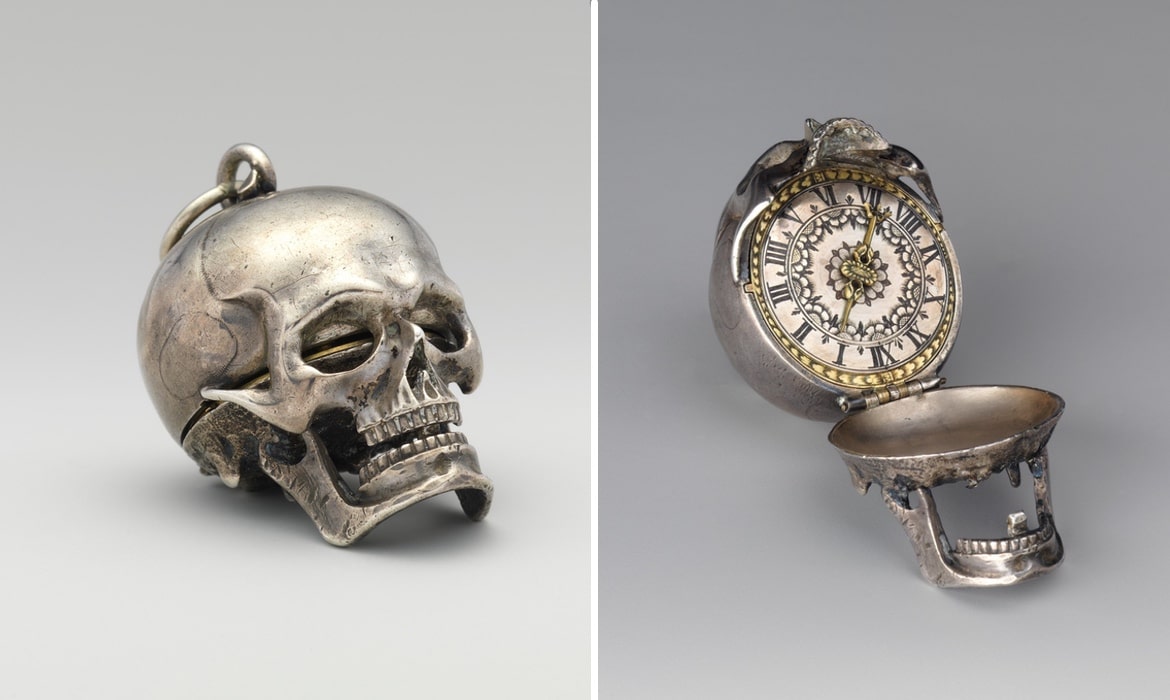
Photo:Metropolitan Museum of Art(Public domain)
Eventually, it even made its way into timepieces as watches were popularized.
Skull cases, which open to expose a watch, were particularly popular from the 17th century onward.
They were developed in Italy around 1500 based on portable spring-driven clocks and soon spread across Europe.
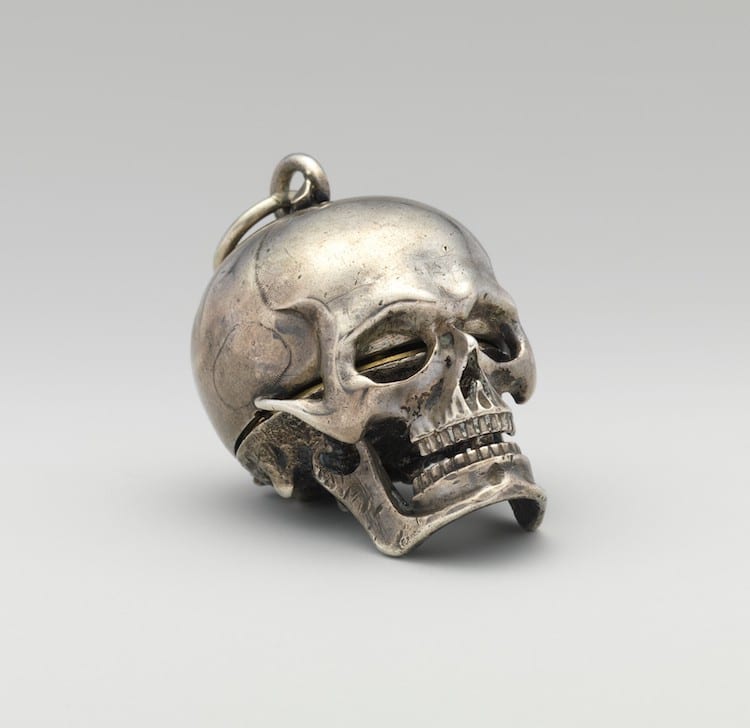
Photo:Metropolitan Museum of Art(Public domain)
By the mid-1500s, watch movements had become small enough to be incorporated into jewelry and rings.
And, to get to protect the movements, elaborate cases were also created.
True works of art, they naturally worked with themes that were present in other forms of visual art.
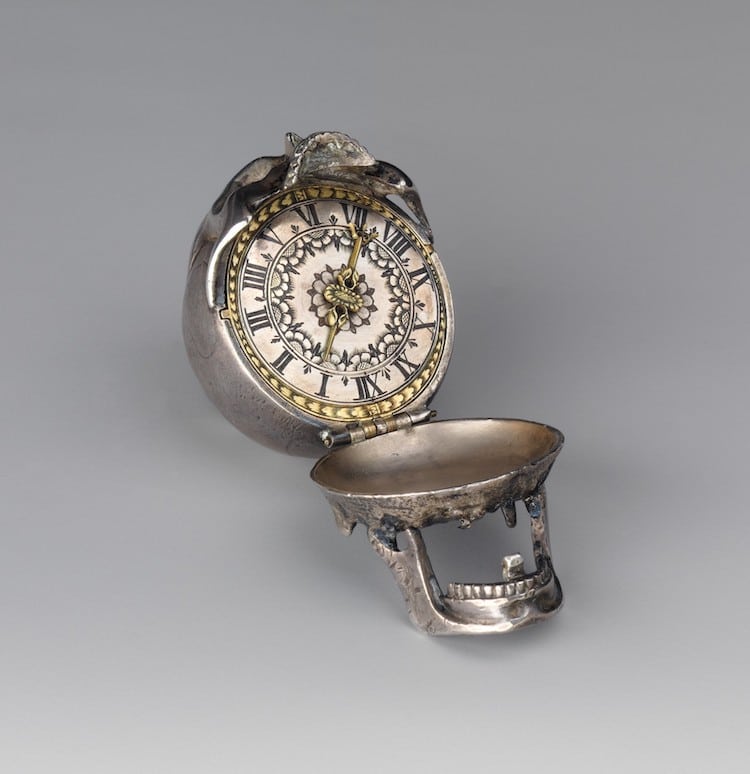
Photo:Metropolitan Museum of Art(Public domain)
These cities were epicenters of watchmaking and churned out these reminders of the passage of time.
As is typical in these cases, the skull’s jaw unhinges to reveal the time.
This is just one of many examples scattered across museum collections.
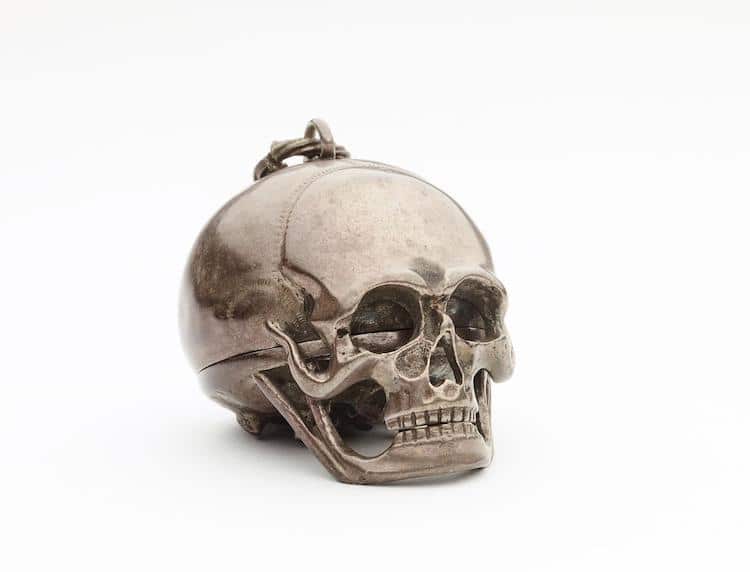
Photo: The Trustees of the British Museum
TheBritish Museumand theFitzwilliam Museumin Cambridge both have similar examples.
TheLouvrehas a particularly elaborate skull watch on display.
These watches are reminders that art can be found in many different guises.
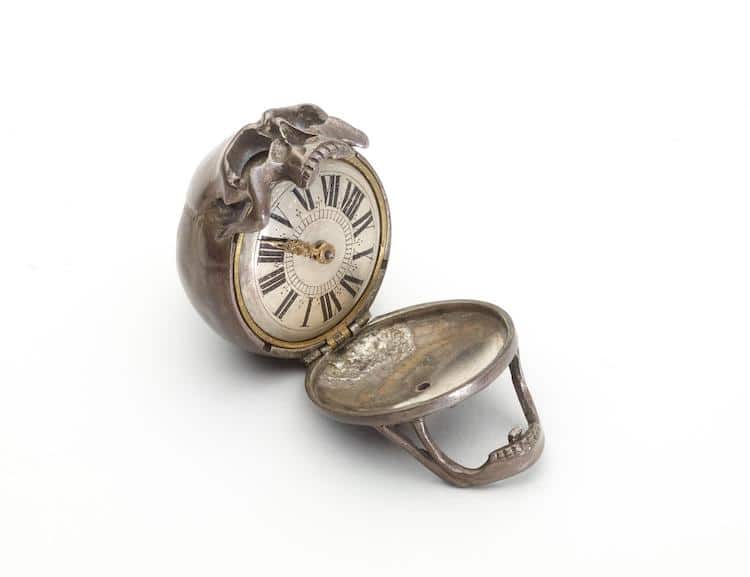
Photo: The Trustees of the British Museum
By allowing owners to carry a piece ofmemento mori, the timepieces took on a greater meaning.
Skull watches were a popular expression ofmemento moriin Europe from the 17th century onwards.
The skull cases protect delicate watch movements that are revealed when the jaw unhinges.
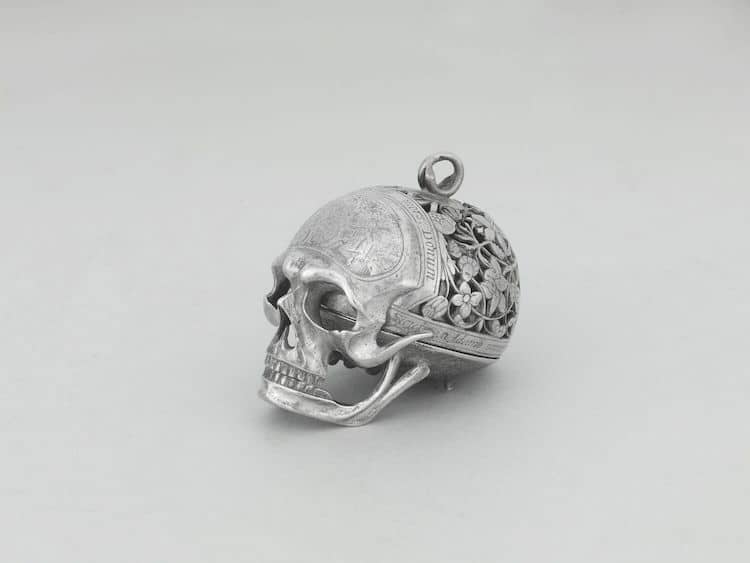
Photo: RMN-Grand Palais (Musée du Louvre) / Martine Beck-Coppola
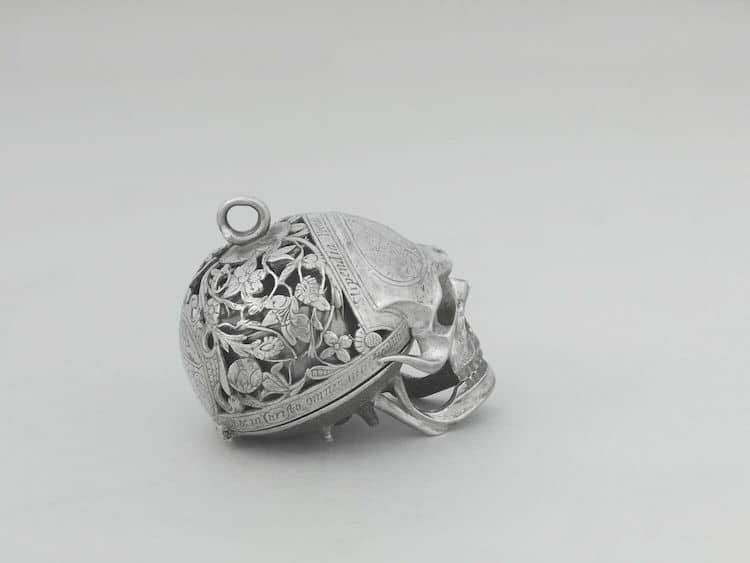
Photo: RMN-Grand Palais (Musée du Louvre) / Martine Beck-Coppola
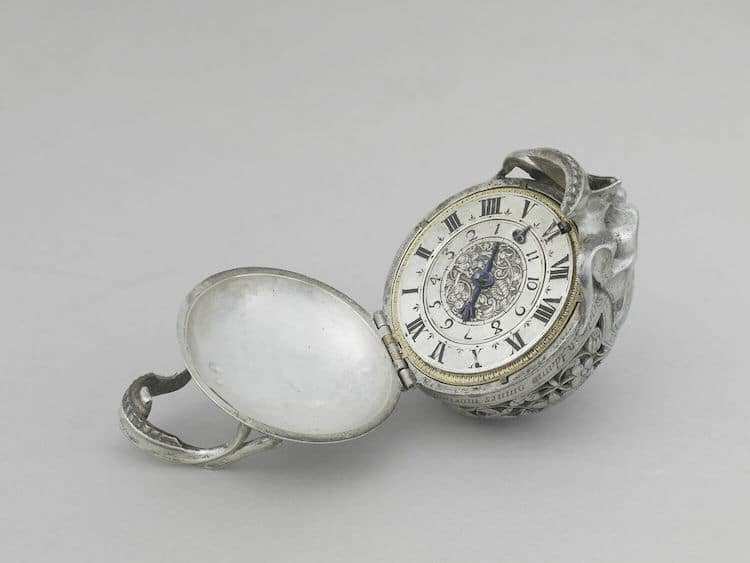
Photo: RMN-Grand Palais (Musée du Louvre) / Martine Beck-Coppola